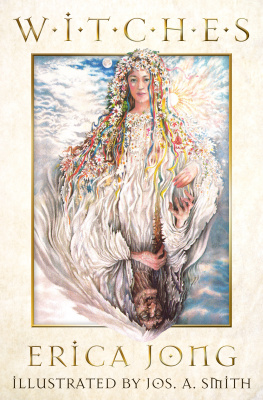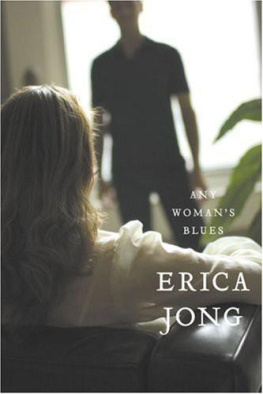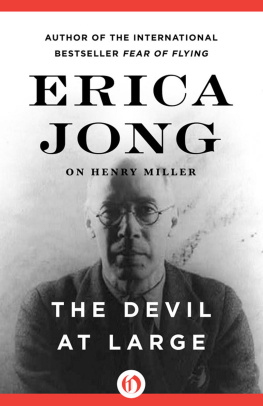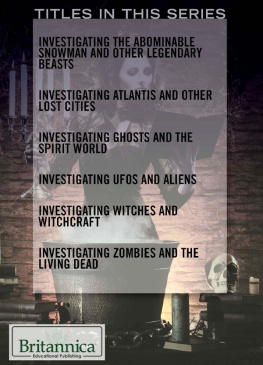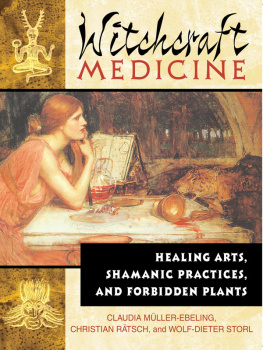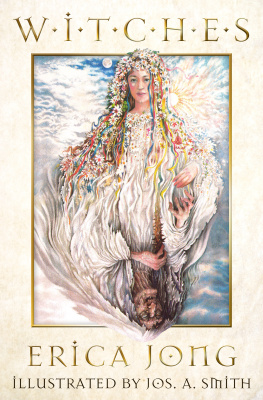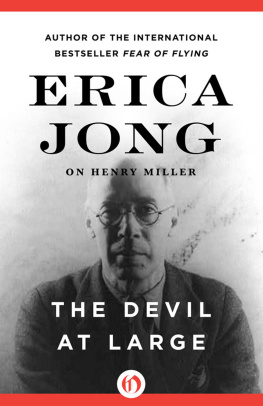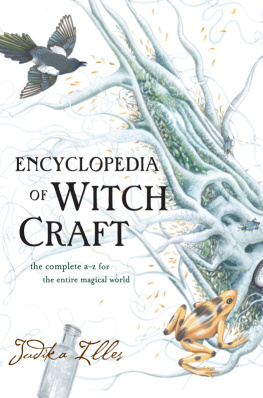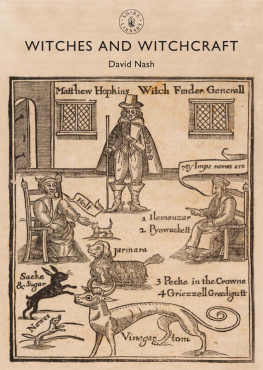Witches
Erica Jong
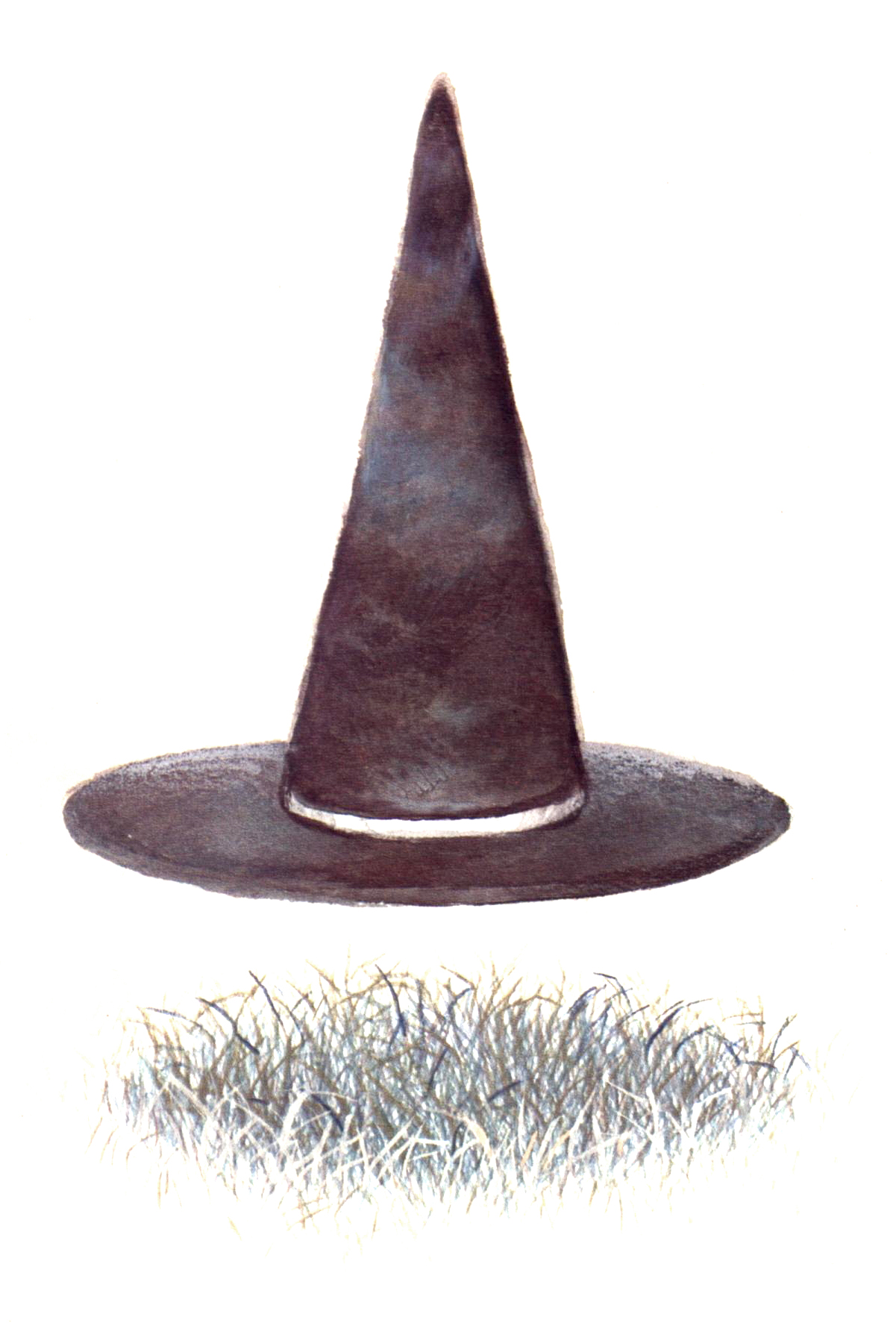
Illustrated by Jos. A. Smith

To my sisters,
Claudia and Suzanna,
and to the memory of Poochkin,
best friend, familiar.
Contents

It is rating our conjectures too highly
to roast people alive for them. M ONTAIGNE
Women have been burnt as witches simply
because they were beautiful. S IMONE DE B EAUVOIR
Fair Warning
Dont open this book
If youve never wished for a spell to make someone love you,
If youve never wanted a magic wand,
If youve never longed for a cloak of invisibility,
If youve never wondered how witches fly.
Because this book may not bring your beloved close forever, and it may not provide you with a magic wand, nor a magic cloak, nor a recipe for flight; but it will certainly try to show you how wishes transform our lives and how we fly on them to secret sabbaths and meet our gods and demons there.
Who were the witches? Heretics or healers, members of a psychedelic cult, worshipers of pagan gods, or merely women who were not afraid to fly?
We are not going to give you a quick course in witchcraft, or detail the horrors of the Inquisition, or propound one historians theory over another. But we will try to showthrough poems and paintings, through prose and pencil drawingshow the figure of the witch can teach us about our most secret selves.
If you have a secret selfread on.
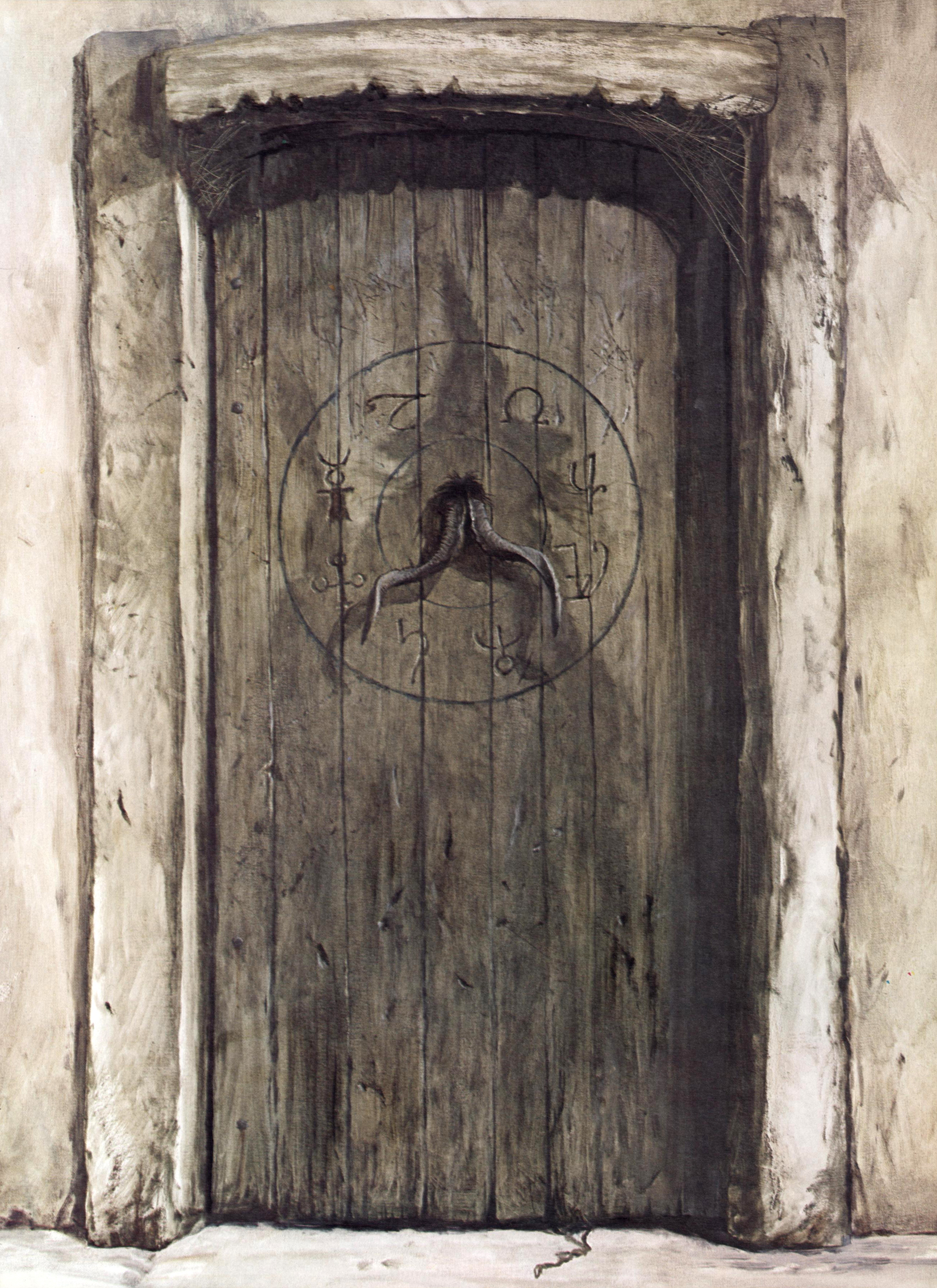
Selected Bibliography
The material available on the subject of witchcraft is vast. Any reader whose appetite has been whetted by this book should certainly read further.
In the interests of brevity, this bibliography has been drastically pruned to include only those books available to the general public. Good luck!
Adler, Margot. Drawing Down the Moon. New York: Viking Press, 1979. Perhaps the best (and most current) general introduction to witchcraft available today; written by a member of the craft.
Bachofen, J. J. Myth, Religion and Mother Right. Princeton, New jersey: Princeton University Press, 1967. The classic work on ancient matriarchy.
Bell, Jessie Wicker. The Grimoire of Lady Sheba. St. Paul, Minnesota: Llewellyn Publications, 1974. A modern grimoire by a Gardnerian witch.
Briggs, Katharine. Pale Hecates Team. London: Routledge and Kegan Paul, 1962. Beliefs in magic and witchcraft in Shakespeares time.
. The Vanishing People. New York: Pantheon Books, 1978. The definitive book on fairies by the eminent English folklorist.
Buckland, Raymond. Witchcraft from the Inside. St. Paul, Minnesota: Llewellyn Publications, 1975. A general history by a Gardnerian initiate.
. The Tree: The Complete Book of Saxon Witchcraft. New York: Samuel Weiser, 1978. Another contemporary handbook on witchcraft.
Budapest, Zsuzsuanna E. The Feminist Book of Lights & Shadows. Venice, California: Luna Publications, 1976. The most widely used feminist grimoire.
Burr, George Lincoln, ed. Narratives of the Witchcraft Cases. New York: Charles Scribners Sons, 1914. The principal American witchcraft cases in the seventeenth century. Extracts from seventeenth-century texts by Cotton Mather and others.
Campbell, Joseph. The Masks of God: Primitive Mythology. New York: The Viking Press, 1970. Campbells series of volumes on primitive, Oriental, and occidental mythology should be required reading for anyone interested in religious myths.
Castaneda, Carlos. The Second Ring of Power. New York: Simon and Schuster, 1977. A female brujo in Mexico. Fantasy or anthropologydepending on your point of view.
Culpeper, Nicholas. Culpepers Complete Herbal. London: W. Foulsham & Co., Ltd. The famous seventeenth-century herbal, still in use today.
Daly, Mary. Beyond God the Father. Boston: Beacon Press, 1974.
. The Church and the Second Sex. New York: Harper & Row, 1975. These two are essential reading for understanding how Catholicism contributes to female submission.
Ehrenreich, Barbara, and English, Deirdre. For Her Own Good: 150 Years of the Experts Advice to Women. New York: Anchor Press, 1979. Female health versus male medicine.
. Witches, Midwives, and Nurses. Old West-bury, New York: Feminist Press, 1973. The basic text on the suppression of midwives.
Fisher, Elizabeth. Womans Creation. Garden City, New York: Doubleday, 1979. A vital book on womens contributions to the evolution of civilization.
Forbes, Thomas Rogers. The Midwife and the Witch. New Haven, Connecticut: Yale University Press, 1966. An excellent, scholarly study of witches and midwives contributions to medicine.
Frazer, Sir James G. The Golden Bough. London: Macmillan and Co., Ltd., 1949. First published in 1922, this classic work on comparative mythology has had great influence upon twentieth-century poetry and scholarship.
Freud, Sigmund. Totem and Taboo. New York: Random House, 1938. Freuds classic work on animism, magic, totemism.
Gardner, Gerald B. The Meaning of Witchcraft. London: Aquarian Press, 1959.
. Witchcraft Today. London: Rider, 1954.
. High Magics Aid. New York: Samuel Weiser, 1975. The works of the famous English witch who almost singlehandedly revived witchcraft in England and America. The first two titles are nonfiction, the third fiction.
Glass, Justine. Witchcraft, the Sixth Sense. California: Wilshire Book Co., 1976. A general introduction to the craft as the oldest religion in the world.
Graves, Robert. The White Goddess. New York: Farrar, Straus and Giroux, 1972. A poets meditation on the Moon Goddess/Muse.
Gray, William Gordon. The Rollright Ritual. Cheltenham, England: Helios Book Service Ltd., 1975. A study of the Rollright Stone circle in Oxfordshire and its possible use in prehistoric times.
Hansen, Harold A. The Witchs Garden. Santa Cruz, California: Unity Press, 1978. Herbs associated with witches.
Harding, M. Esther. Womans Mysteries. New York: Harper & Row, 1976. A Jungian study of the Moon Goddess/Muse.
Harris, Marvin. Cows, Pigs, Wars & Witches. New York: Random House, 1974. Provocative speculative essays about religion, witches, and other subjects by an anthropologist.
Hole, C. A. A Mirror of Witchcraft. London: Chatto & Windus, 1957. A useful general introduction.
Holmes, Ronald. Witchcraft in History. Secaucus, New Jersey: The Citadel Press, 1977. Another excellent introductory work on English witchcraft.
Homer. The Odyssey. Translated by Robert Fitzgerald. Garden City, New York: Doubleday, 1963. The splendid translation from which the description of Circe in this book is drawn.
Hoyle, Fred. On Stonehenge. San Francisco: W. H. Freeman and Co., 1977. Stonehenge seen as an astronomical calculator.
Hughes, Pennethorne. Witchcraft. Middlesex, England: Penguin Books, 1952. Another useful general introduction.

